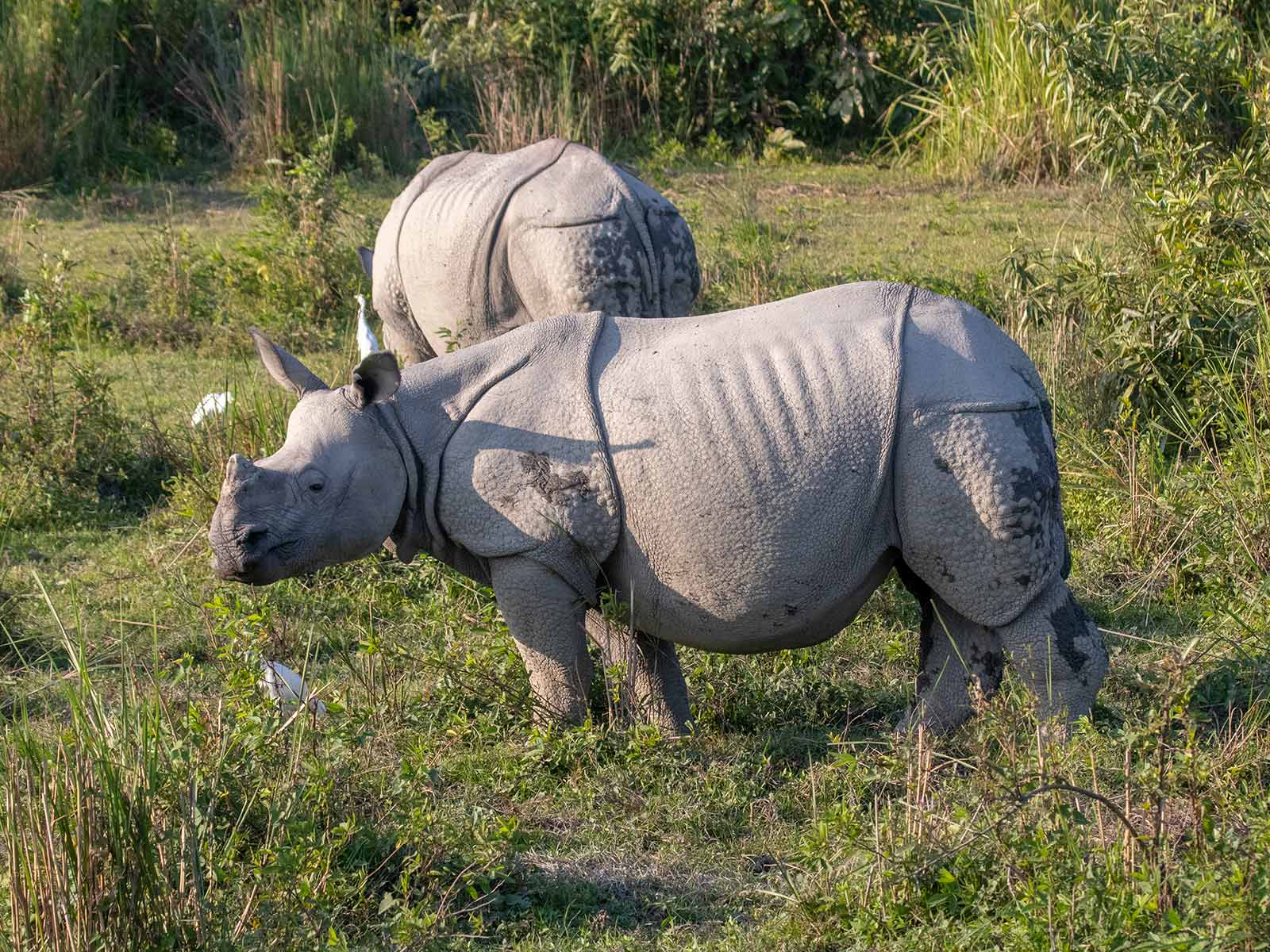

Rhinoceros has always been clearly distinguished as being distantly related from the African genera, Diceros and Ceratotherium, but it was unknown where Dicerorhinus fit in. It is estimated that Rhinoceros diverged from the other genera approximately 26 million years ago (Tougard et al. Rhinoceros is a sister group with Dicerorhinus, according to both molecular and morphological data (Tougard et al. Four genera are found in the family: Rhinoceros, Dicerorhinus, Diceros, and Ceratotherium. Rhinoceros is a member of the Family Rhinocerotidae. ( Groves and Leslie, 2011 Laurie, et al., 1983 New World Encyclopedia contributors, 2009 Talukdar, et al., 2008 van Strien, et al., 2008) The species is thought to be a browser, preferring all things woody, and eating very little grass. Not much is known about their preferred habitat since only a single population remains. Rhinoceros sondaicus occupies the lowland tropical rainforest of West Java, but historically occurred in a variety of habitats including mixed forests, grasslands, and even rugged mountainous areas. The species is mainly a grazer, but has the ability to browse on fruits, branches, and the occasional cultivated crop. Rhinoceros unicornis occupies the grasslands surrounding great river systems today but has occupied nearby forests in the past. They prefer having a source of water nearby, to create features such as muddy riverbanks, or mud pits to wallow in during the heat of the day. Rhinoceros species occupy tropical ecosystems. R.sondaicus was thought to have been the most widespread species in Rhinocerotidae, ranging from India to Vietnam, and throughout Sumatra and Borneo, until its recent decline. Rhinoceros sondaicus currently occupies a single national park, Ujong Kulong, in West Java, Indonesia. The species once roamed from Pakistan in the West to the Indian-Burmese border in the East, inhabiting the river basins of the Indus, Ganges, and Brahmaputra. Rhinoceros unicornis occupies the grasslands and forests of Northern India and Southern Nepal. Rhinoceros species are native to Southeast Asia. ( Groves, 1983 Groves and Leslie, 2011 Laurie, et al., 1983 New World Encyclopedia contributors, 2009 Talukdar, et al., 2008 van Strien, et al., 2008) Geographic Range Both species are endangered, with R.sondaicus being critically endangered with only 60 individuals remaining. Individuals of R.unicornis can weigh up 3000 kg, making it one of the largest members of the Family Rhinocerotidae. Both species are very similar in appearance to one another, with R.unicornis being much larger in size. Rhinoceros is the only genus in Rhinocerotidae to possess one horn, incisors, and lower canines.

They can be found in tropical grasslands, forests, and even dense rainforests. Rhinoceros species are large, herbivorous mammals that are native to Southeast Asia. The genus Rhinoceros contains two species, Rhinoceros sondaicus and Rhinoceros unicornis.


 0 kommentar(er)
0 kommentar(er)
